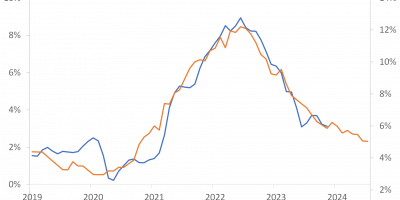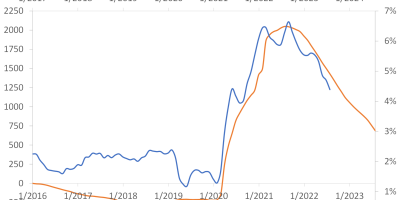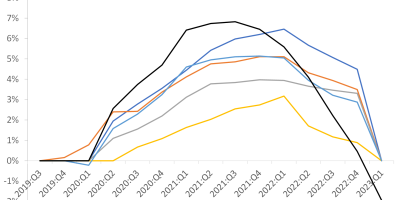In November, I wrote an analysis arguing that this recession ended in April last year already. Last week, the NBER Recession Dating Committee officially determined the end of the recession. And what did they conclude: The recession ended in April 2020. This makes it the shortest recession on record.
I have been thinking a lot about this recession. I have been particularly puzzled by the fact that its end had (until this week) not yet been announced. I felt bewildered last autumn, for instance, observing people calling it a recession when economic activity was in fact expanding at its fastest pace on record during summer 2020.
I was so perplexed that I in November wrote a thorough analysis on this issue (link). I argued that the recession had already ended. I argued that it ended in April 2020. This caused some raised eyebrows, I remember
The NBER Business Dating Committee determines the beginning and the end of US recessions. Last week, i.e. eight months after I predicted that the Committee would in the end conclude that the recession ended in April last year, the Committee announced that “a trough in monthly economic activity occurred in the US economy in April 2020” (link).
In other words, it is now official that the US recession ended in April last year. I think I am allowed to argue I got this call right :-).
Given that this recession began in February last year, it lasted two months only. This makes it the shortest recession on record. Prior to this recession, the shortest recession was the one from January 1980 through July 1980, lasting six months. The fact that this recession lasted two months only, i.e. only a third of the otherwise shortest recession on record, is another remarkable feature of this recession.
I show in Figure 1 the length of US recessions in months, highlighting the current recession (in red) in the graph.

Source: NBER.
In light of this week’s NBER announcement, I have reread my analysis from November. It contains, among other things, a discussion of why it is important to know when recessions end and when they begin. I also explain why it easier to understand the behavior of the stock market during this recession when one recognizes that it lasted two months only.


